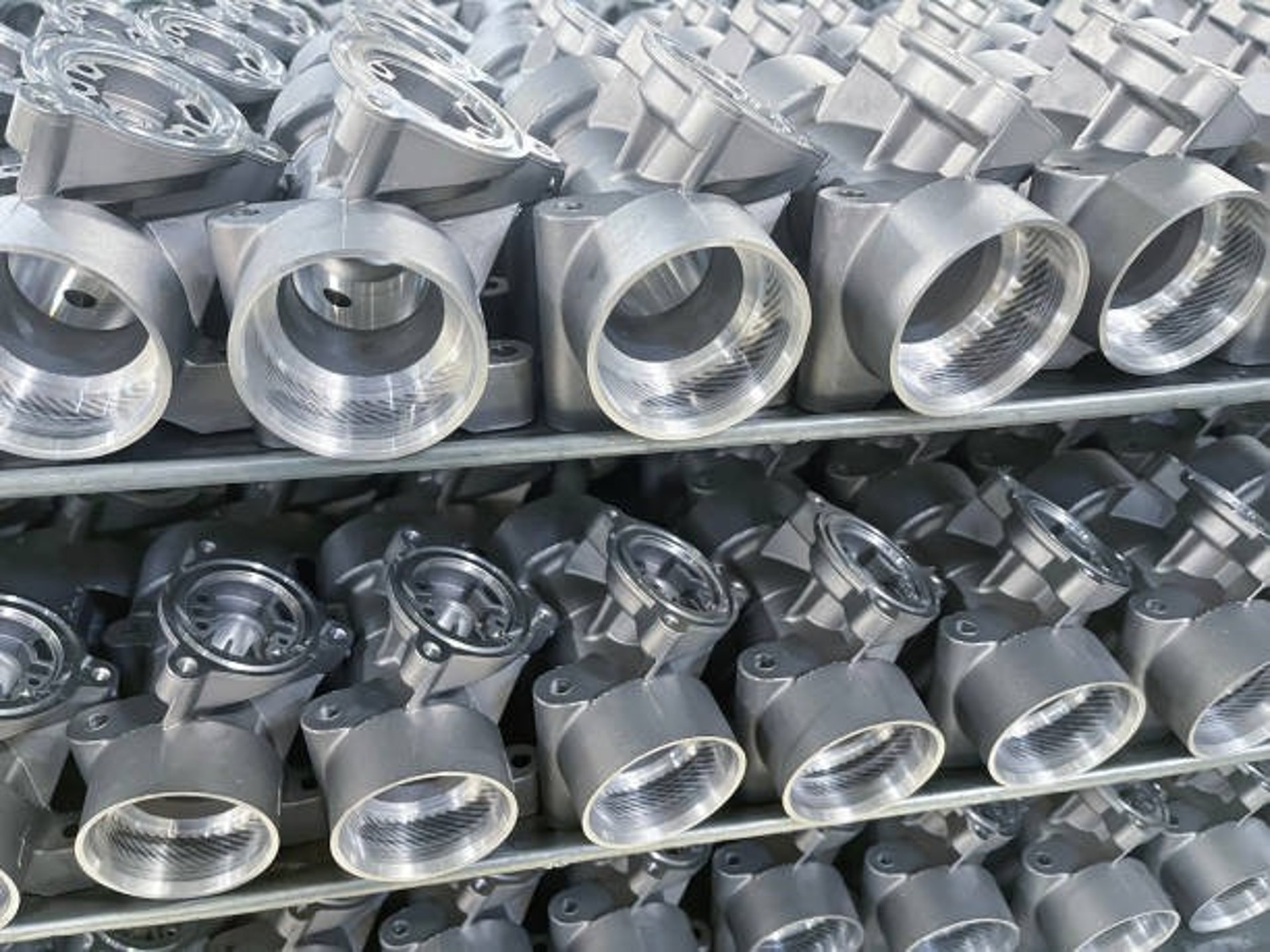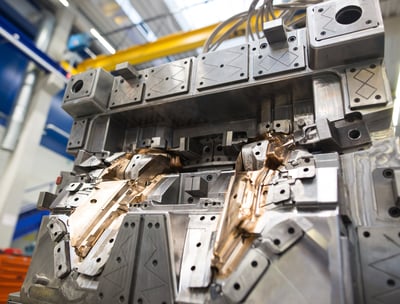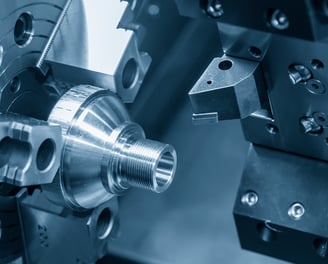
Die Casting
Complex parts with high dimensional accuracy and minimal machining required.
Cost-effective for large production runs with consistent quality.
Versatile material options like aluminum, zinc, and magnesium.
Die Casting Capabilities
At Mechalink, we specialize in providing high-quality die casting services for a wide range of industries, ensuring durability, precision, and efficiency for your metal components.
Die casting is a manufacturing process where molten metal is injected into a mould cavity under high pressure, ideal for producing complex, high-strength parts with superior surface finishes. Whether you're working on automotive, aerospace, or consumer electronics, our die casting solutions are optimized for high-volume production and offer cost-effective results.
Fast and affordable parts with no MOQ.
Advantages of Casting with Mechalink
High Strength: Die cast parts are durable, often stronger than plastic components of the same design.
Dimensional Accuracy: Die casting offers excellent dimensional precision, minimizing the need for secondary machining.
Cost-Effective for High Volumes: This process is particularly cost-efficient when producing large quantities of metal parts, making it perfect for scaling production.
Complex Geometries: Ideal for thin-walled, intricate parts that are difficult to produce with other methods.








Magnesium




Zinc


Aluminium
Die Casting Materials
Lightweight, corrosion-resistant, excellent thermal conductivity.
High strength and hardness, excellent for small and intricate parts.
Lightweight and easy to machine, often used where weight reduction is critical.
Finishing Options
Bead Blasting
Bead blasting uses fine glass beads or other abrasive media to create a smooth, matte finish on metal surfaces. It is commonly used to clean, polish, or prepare surfaces for additional coatings.
Anodising (type II)
Type II anodising forms a thin oxide layer on aluminum to improve corrosion resistance and add color. It is widely used for decorative finishes and light surface protection.
Hardcoat Anodising (type III)
Type III anodising, also known as hardcoat anodising, produces a thicker and more durable oxide layer than Type II, offering enhanced wear and corrosion resistance. It is often used in aerospace and industrial applications for parts that need extra protection.
Powder Coating
Powder coating applies a dry powder to a surface that is then heated to form a hard, durable layer. It provides excellent corrosion resistance, impact strength, and can be applied in various colors and textures.
Electropolishing
Electropolishing is an electrochemical process that removes a thin layer of metal to smooth and brighten surfaces, improving corrosion resistance and appearance. It is commonly used on stainless steel for medical, food, and high-precision applications.
Passivation
Passivation involves treating metal (typically stainless steel) with a mild oxidizing acid to remove contaminants and enhance its corrosion resistance. The process forms a thin protective oxide layer, improving durability in corrosive environments.
Zinc Coating / Galvanising
Zinc coating, or galvanising, applies a protective zinc layer to steel or iron to prevent rust and corrosion. It is commonly used for outdoor structures, fasteners, and automotive parts.
Electroless Nickel Plating
Electroless nickel plating deposits a uniform nickel-phosphorus alloy coating on a substrate without the use of electricity, providing excellent corrosion resistance and wear protection. It is commonly used for components with complex shapes and for applications requiring precise, consistent coverage.
Black Oxide
Black oxide is a chemical conversion coating that provides mild corrosion resistance and a black finish, primarily for steel and stainless steel. It improves appearance and minimizes light reflection while offering a protective layer.
Annealing
Annealing is a heat treatment process that softens metals by heating and then slowly cooling them, improving their ductility and reducing internal stresses. It is used to enhance the machinability and workability of metals like steel, copper, and aluminium.
Tempering
Tempering is a heat treatment that follows quenching to reduce the brittleness of hardened steel while maintaining strength. It is used to improve toughness and durability in tools and structural components.
Case Hardening
Case hardening involves hardening the outer surface of a metal part while keeping the inner core soft, providing wear resistance while maintaining toughness. It is often used for gears, shafts, and other high-wear mechanical components.
Review: Die Casting
Mechalink takes the complexity out of manufacturing by providing end-to-end die casting solutions. With our extensive experience in sourcing and partnering with top-tier manufacturers, we ensure high-quality output, fast lead times, and competitive pricing. Whether you need rapid prototyping or large-scale production, we tailor our services to your exact needs
Contact Us Today for Die Casting
Get in touch with us today to learn more about our CNC machining services and how we can help with your projects.
info@mechalink.com.au








